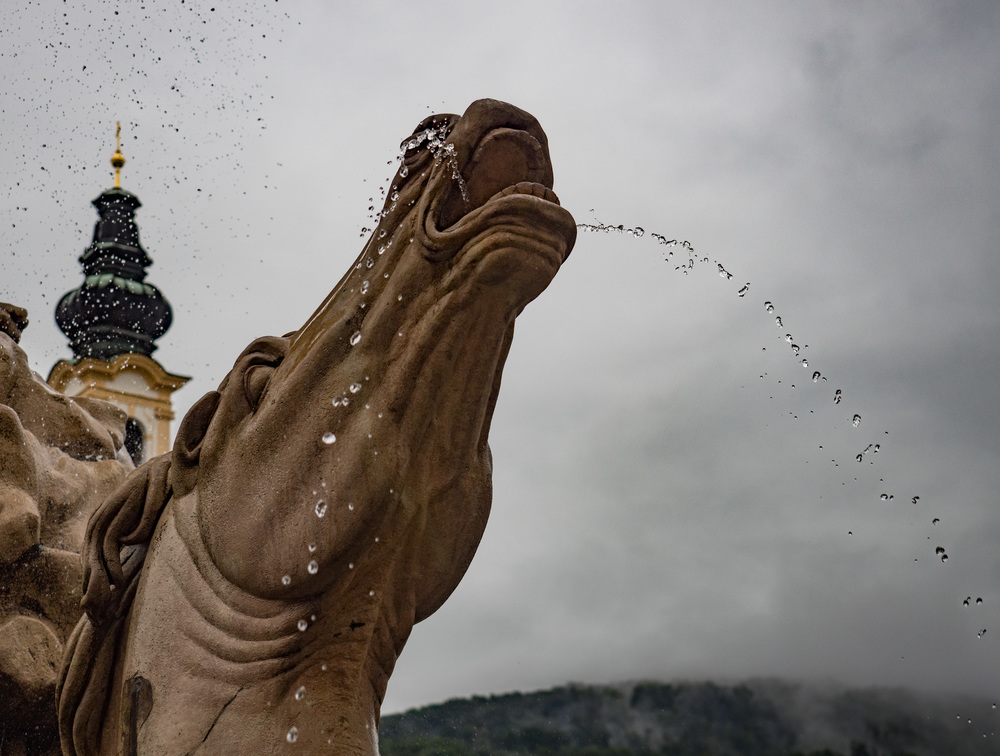
I confess am a rookie in the m4/3 camp, having decided just a few months ago to put my toe into the popular small-sensor format pool. While I love my two full-frame cameras, the Leica M-D and Leica SL (not to mention the Q, star of last year’s Leica introductions) I always have a hankering for a smaller system, primarily for travelling when I don’t want to lug the SL or need a bit more versatility than the M.
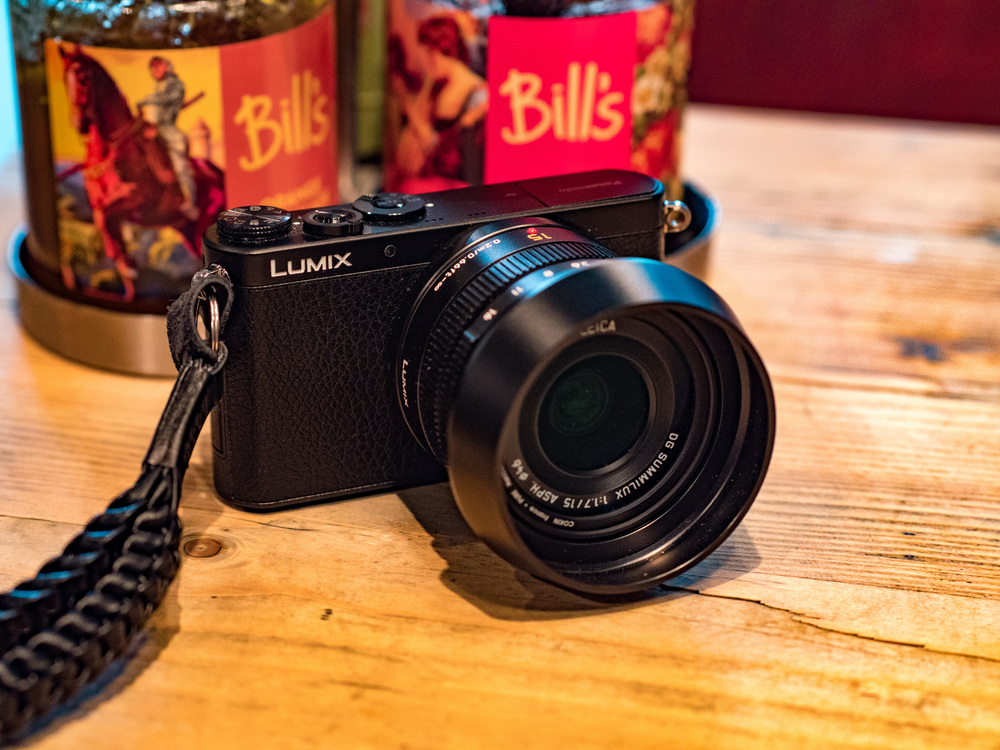
I’ve been wiggling my toes around in the water for these few months and initially became hooked on the Olympus concept, attracted by the beautiful little PEN-F. It is a lovely camera with superb performance and I really appreciate the three addictive Pro zooms that go so well with the camera: The 7-14, 12-40, 40-150. If you add the x1.4 converter to the long lens, this trio takes you from a full-frame equivalent of 14mm right up to 420mm. The three of them, including the converter, tip the scales at just 2KG. Throw in the PEN-F and you have a complete system weighing 2.47Kg in your bag.
It demonstrates the outstanding weight saving opportunities that come with the m/43 system. While it is a pointless comparison, think of the 2.2KG weight of the Leica SL and 24-90 zoom. Here you have a much more restricted capability but with nearly the same weight: Much more capable, ignoring the focal length restriction, but that’s another story.
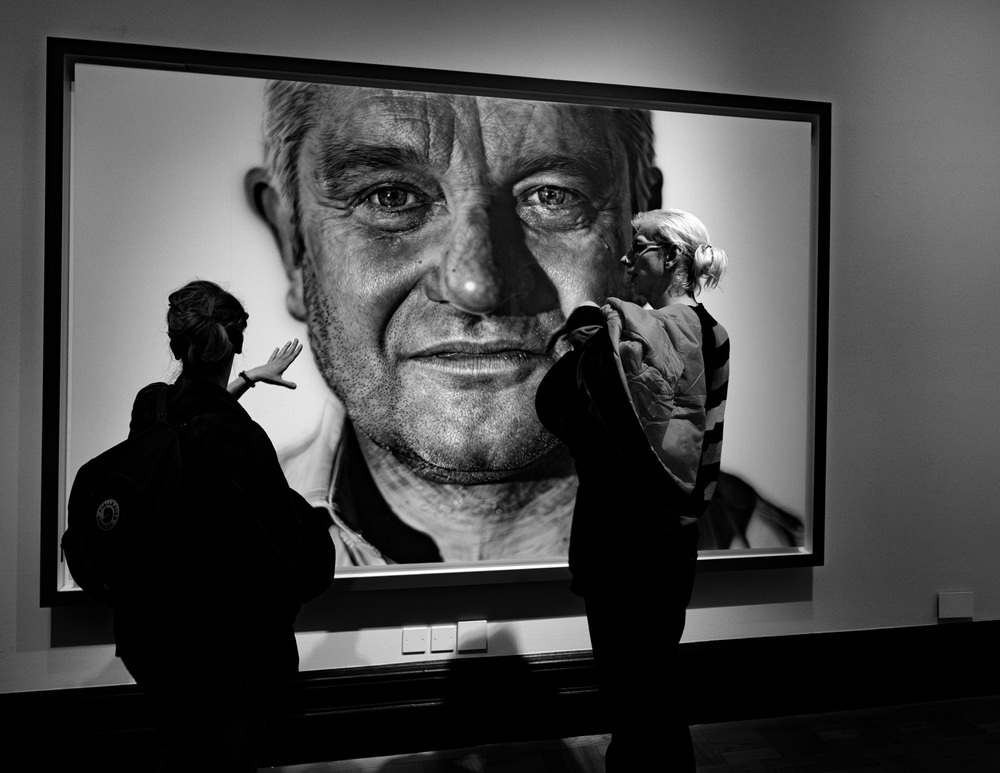
Full frame
Of course, weight isn’t everything. The SL with its full-frame sensor and outstanding professional lenses is always going to outperform in terms of ultimate image quality and large-print resolution. It has that ultra-narrow depth of field capability that m4/3 owners can only dream about; that larger sensor has to count for something. But I contend that m4/3 has its place and, as a auxiliary to a full-frame set up it has many merits.
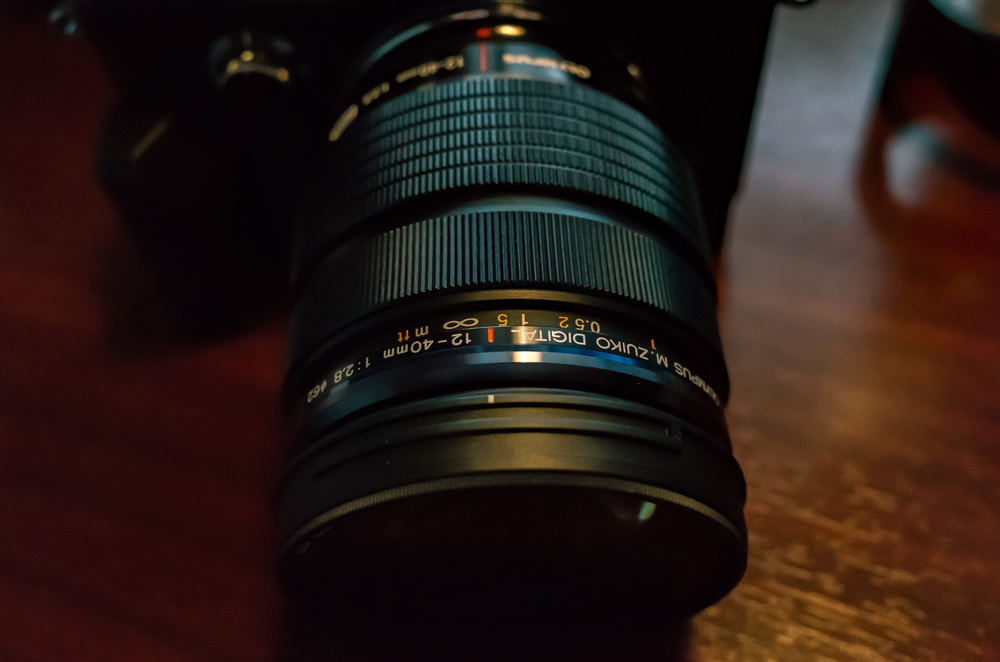
What I love about the three Olympus pro zooms is their ergonomics. Apart from the fact that they all look gorgeous, they have the ingenious clutch-ring mechanism to switch between auto and manual focus. Pull the ring back towards the camera to select manual focus and a useful depth-of-field scale appears—similar, in some respects to the transition between standard and macro focus scales on the Leica Q. Some of the newer Olympus primes, including the 17mm f/1.7, also feature this clutch ring.
This clutch, which is a substitute for the more pedestrian AF/MF switch on many Panasonic Lumix lenses, also works when the Olympus lenses are mounted on Lumix bodies such as my newly acquired GX8.
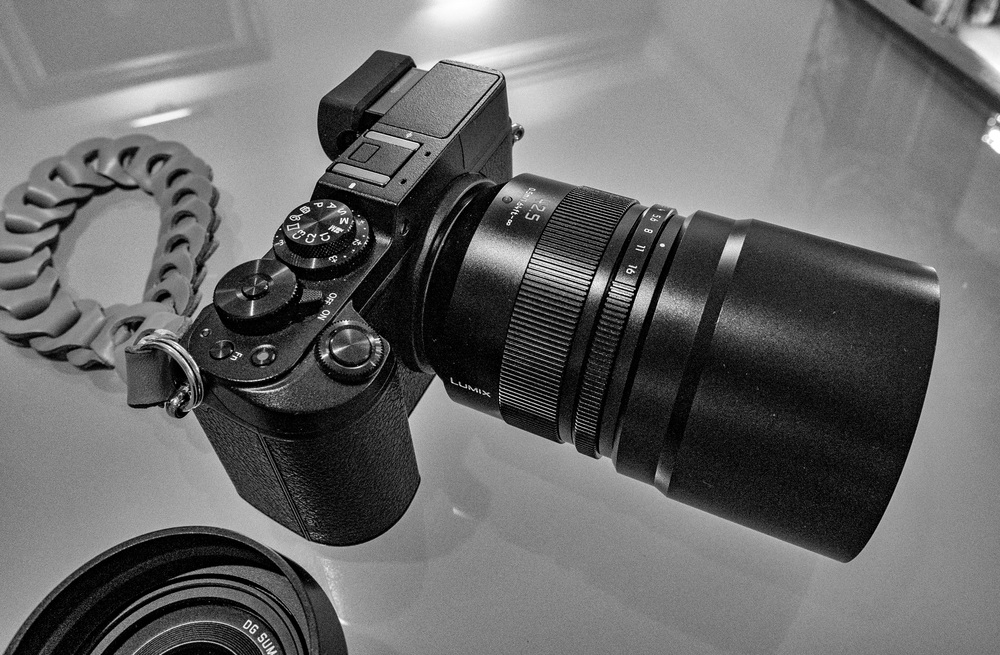
Until this week, however, I had little experience with Panasonic m4/3 lenses—just the light and capable 20mm f/1.7 and the Leica DG 25mm f/1.4 Summilux. The latter is an older design, without aperture ring and is fully compatible with Olympus, which the newer ones are not.
Leica DG lenses
My two new acquisitions, however, show Leica DG lenses in a different light. Both are more recent designs and both have an M-like aperture dial with a detent which light pressure overcomes to move to A(auto). The 42.5mm f/1.2 Nocticron and the 15mm f/1.7 Summilux both have superb ergonomics and are built to a very high standard. I would regard them as pro lenses capable of outstanding performance.
In a few short days, then, I have come to appreciate this manual aperture ring. Aperture priority is the way I like to shoot most of the time. With aperture priority selected on the GX8 mode dial, centre-point focus and the screen flipped round, out of use, the camera feels as familiar as a Leica rangefinder. The ability to select aperture on the lens is a great boon and it has proved to me that I prefer this set up. Much as I love the focus clutch ring on some Olympus lenses, I’d trade that any day for the Panasonic aperture ring and simple AF/MF switch.
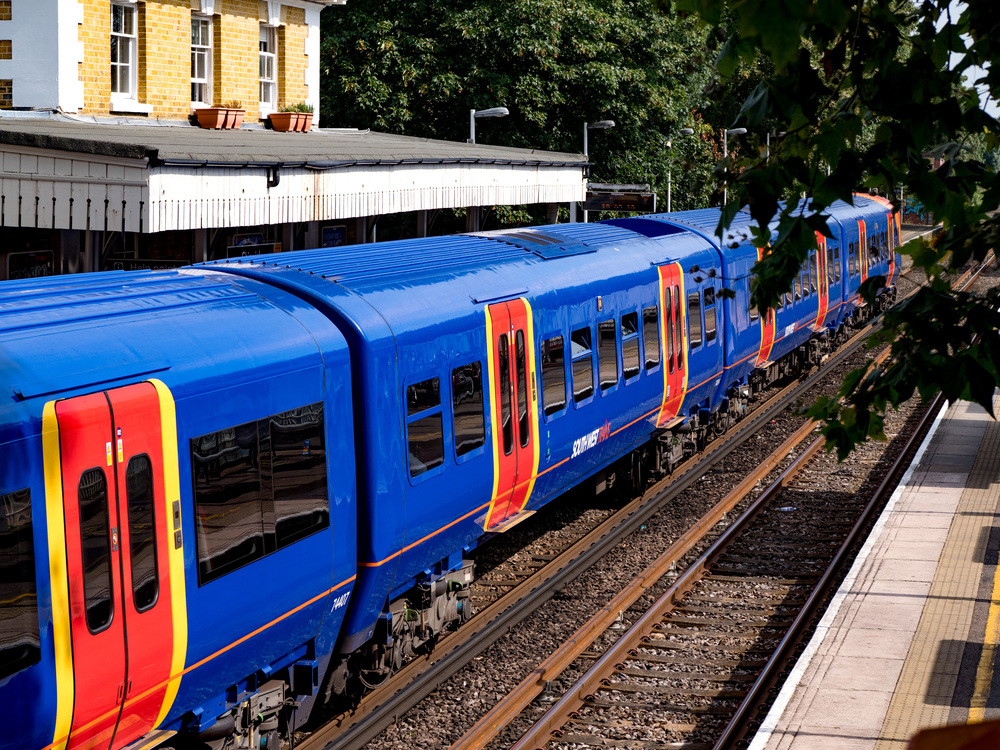
There is a big snag, though. The manual focus ring on Leica DG lenses does not work on Olympus cameras. If you buy any of these lenses, including the new 12mm Summilux, to use on your PEN-F you could be disappointed. The optical quality is just the same, of course, but that enticing aperture ring will be dead. You are back to selecting aperture by control wheel. I can’t help feeling an Olympus firmware update could rectify this. But, perhaps, Olympus are reluctant because it could push owners into the Leica DG camp at the expense of native lenses.
I am mightily pleased, therefore, that I bought the GX8 as well as the Leica DG lenses. If I’d acquired just the lenses I would have been disappointed when I found the aperture ring didn’t work; I would have had a constant nagging feeling that I should buy a Lumix camera to give me the full semi-manual experience.
Aperture ring
While this might appear to be a detail, it is actually very important to the shooting experience. I will always want to use the Leica DG lenses on the GX8 rather than the Olympus. If you are dithering between these cameras it must be an important consideration in your buying choice. Later I shall be comparing the PEN-F and the Lumix, both with new 20MP sensors and each offering a discrete set of features and a very different shooting experience.
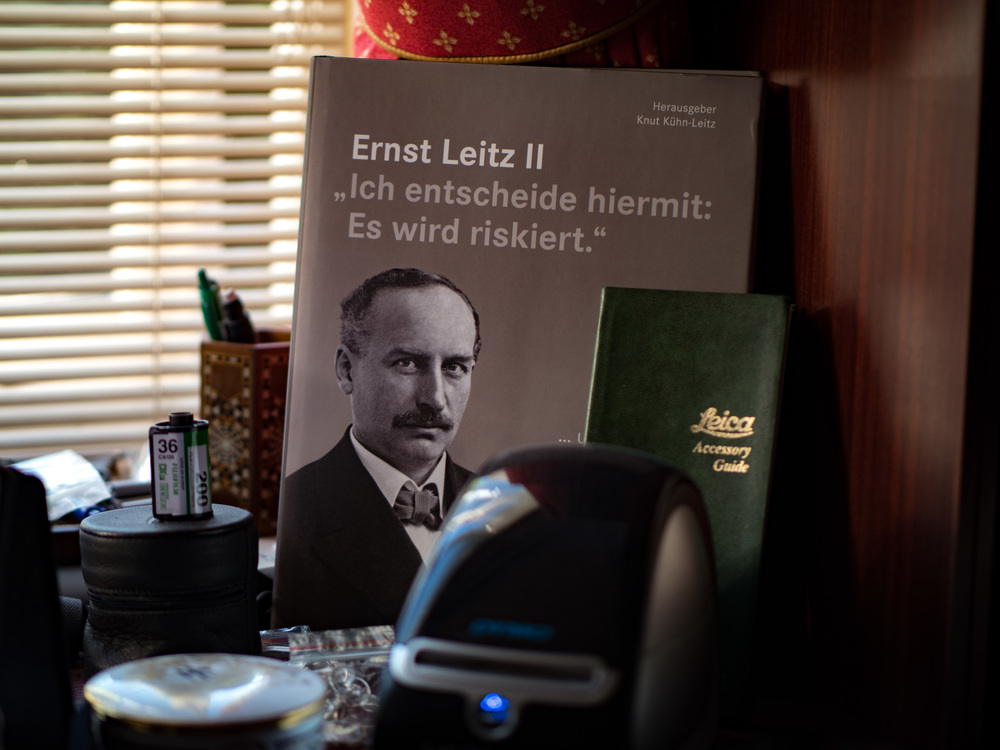
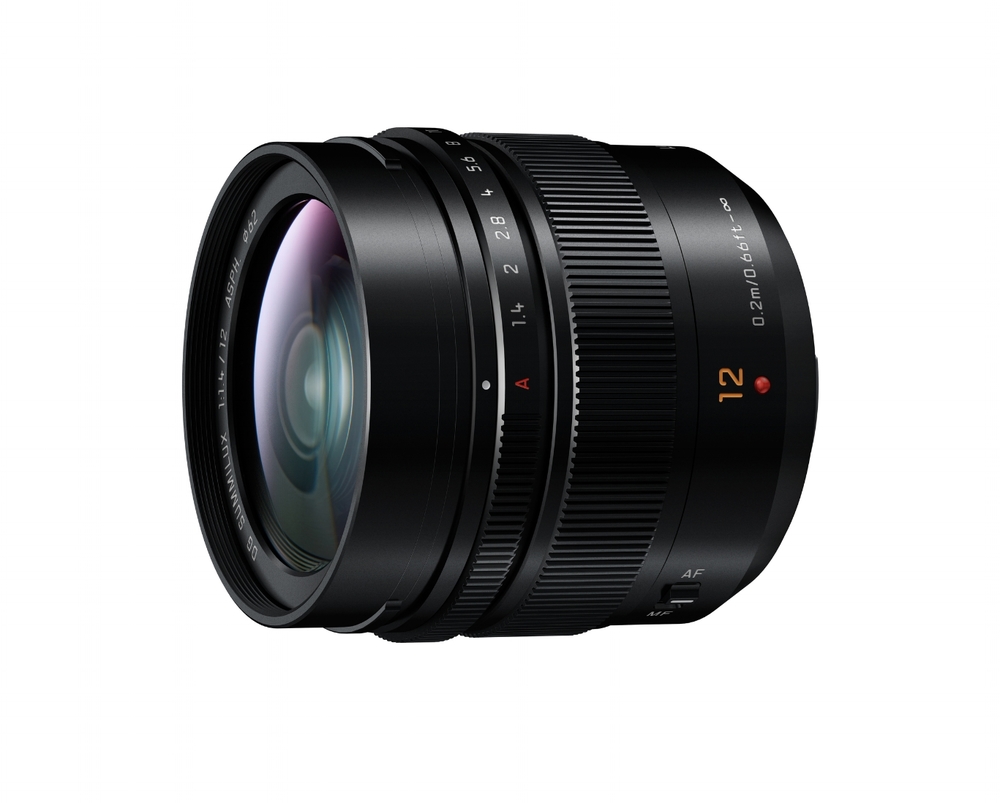
The PEN-F is a beautiful little retro camera, if a bit fussy in its design cues—such as the front mode dial and the left-mounted on/off switch which is a cross between the switch OM film cameras and a Leica MP rewind knob.
The GX8, on the other hand, is far more businesslike and will probably suit the Leica owner better. The controls are in the right place (on/off just where Leica puts it) and, when twinned with any of the new Leica DG lenses, looks superb. I suspect you will be taken far more seriously with the Lumix in your hand. It looks like a real professional tool instead of an overgrown point and shoot. You’ll probably also feel a bit more focused and serious.
The latest recruit to the Leica DG lens lineup for m4/3 is the 12mm f/1.4 Summilux, offering a useful 24mm-equivalent field of view. This is a great focal length for street photography and landscape.
This is something which you can also appreciate on the two Olympus pro zooms, the 7-14 and 12-40, for instance. But this is a prime and is relatively small. If you are a Panasonic fan and prefer primes, then the 12mm, 17mm, 25mm and 42.5mm Leica DG lenses offer a lightweight and compelling travel kit.
Bear in mind, though, that the older 25mm Leica Summilux omits the aperture ring and, as such, is the odd one out in this lineup. It is optically excellent and a good all-round “standard” focal-length objective, but is less satisfying ergonomically than the newer entrants.
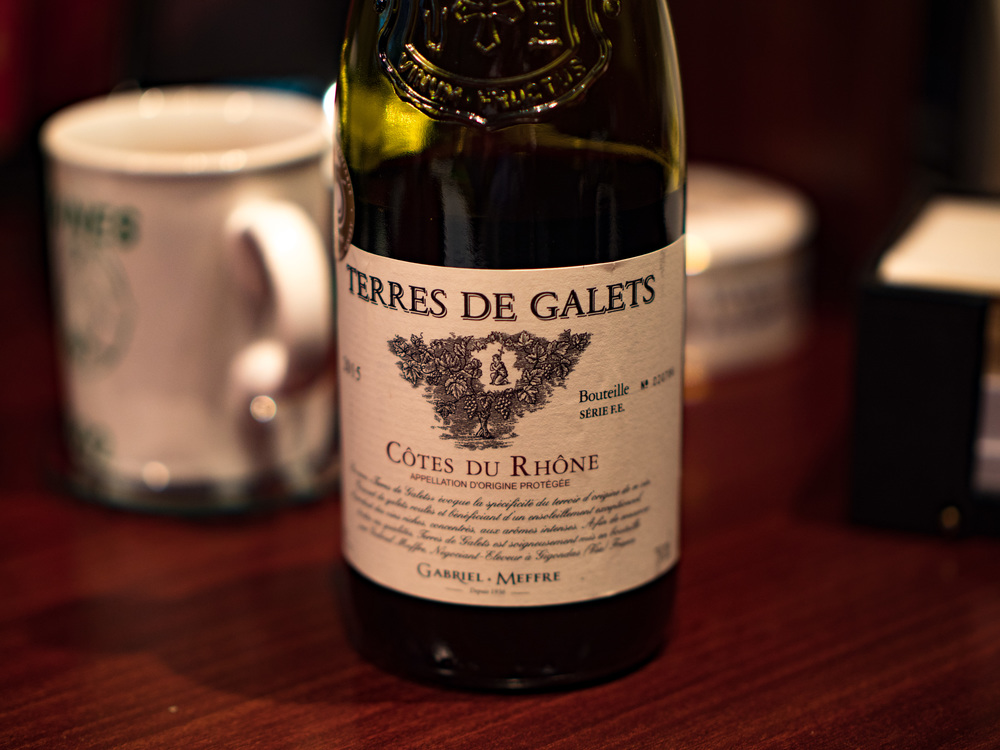
Leica D-Lux
So far so good. I am learning fast and certainly appreciate the lightness of m4/3 gear. What started all this was the little Leica D-Lux (also the Panasonic Lumix LX100). Strictly speaking it is a four-thirds camera rather than micro four-thirds, but the output is very impressive. With the fast f/1.7-2.8 DC Vario-Summilux 24-75mm lens, this camera has influenced me greatly over the past two years. And, if the D-Lux can perform so well, why not try a system-based alternative?
I have also been influenced by Jonathan Slack who, in addition to his well-known professional appreciation of Leica cameras and lenses, packs an Olympus system as his lightweight travel setup.
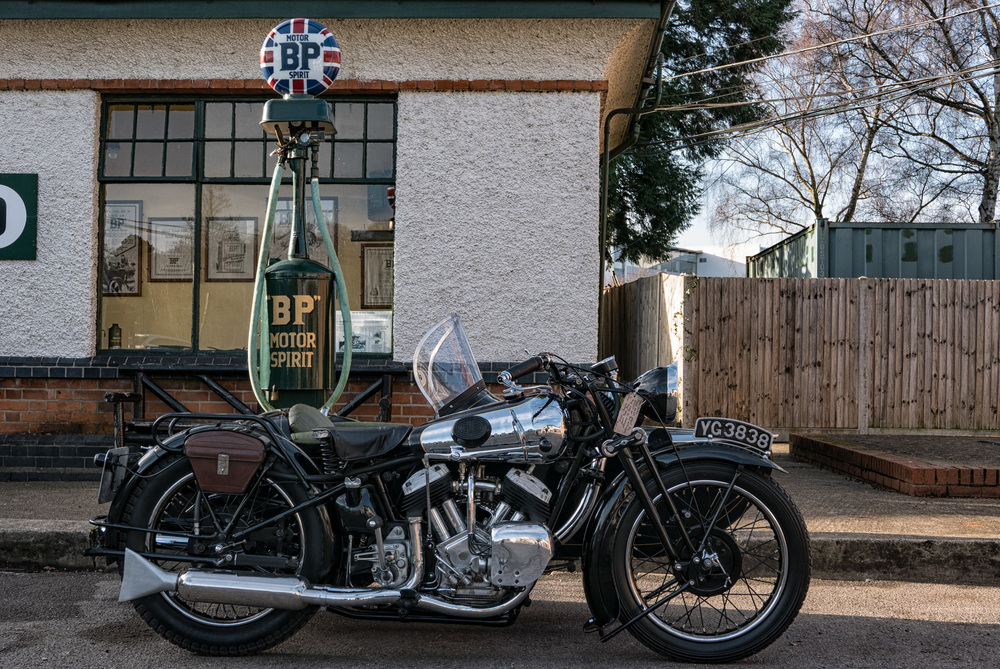
Here at Macfilos we now have most mirrorless bases covered. I am the full-frame and (new) m4/3 fan while our associate editor, Bill Palmer, is the dyed-in-the-wool Fuji exponent. The fact that he is a convert from the Leica camp helps enormously and enables us to provide a well-rounded commentary on all three major mirrorless formats.
Note for newbies: Micro four-thirds has a sensor one quarter the size of full frame (as in the Leica M, SL and Sony A7 range) and as such has a crop factor of 1:2. Thus, a 12mm lens is really a 24mm and a 42.5mm is 85mm in full-frame terms. However, the depth of field remains the same as the wider angle marked on the lens, thus making m4/3 less versatile in effective use of wider apertures to achieve subject isolation and out-of-focus backgrounds.
_______________
- You can find more from Bill Palmer at Lightmancer
- Subscribe to Macfilos for free updates on articles as they are published. Read more here
- Want to make a comment on this article but having problems? Please read this

For my lightweight travel kit the long end is catered for by Panasonic’s 45-175 which lives mainly on my G6 with 12-40, 9-18 or Samyang 7.5FE on my EM1. I settled on the 45-175 after trying Panasonic’s 45-150 (second best) and 45-200 (3rd place and softness at the long end negates the extra length)
Thanks for the additional information. I haven’t tried any of Panasonic’s zooms, relying instead on the Olympus Pro zooms. But I think readers will find your assessment useful.
The Panasonic Lumix G6 with the 12-35/f2.8 Panasonic Lumix zoom lens is the camera my wife has used for the last three years, as her compact low weight travel camera. I’ve recently bought the Panasonic GX8 with the 15mm/f1.7 and 25mm/f1.4 Leica DG lenses, because I prefer primes over zoom lenses. The 15mm is a lens with a metal casing and an aperture ring, as you pointed out, is very small, super low weight and fun to use. The 25mm is largely plastic, except for the bayonet, but also great fun to use. Mechanically they are of course incomparable to the Leica-M lenses, but share the compactness of the Leica-M lenses and thus are fine for street photography. The autofocus is very fast indeed, and I too love the aperture ring on the 15mm. Both lenses are fully usable wide open. The 25mm especially shows beautiful rendering at maximum aperture, so the aperture is fixed on f1.4 most of the time anyway. I’ve chosen the slightly bigger Panasonic GX8 over the Pen-F since, while I adore the looks of the Pen-F, the Pen-F for me is cluttered to much with buttons, I prefer to close the flip out screen against the body, prefer the larger viewfinder with tilting possibility and the fact that the GX8 is weather sealed, which the Pen-F is not. The Pen-F on the other hand has an electronic first curtain and no anti-aliasing filter. I didn’t knew that the aperture by wire of the Leica DG lenses doesn’t work on the Pen-F, which is important to know. Thank you for that information. The Nocticron is still on the wish list and it is good to read you like the 12mm/f1.4, both with both metal casing and aperture ring. We’ve just bought the 35-100/f2.8 Panasonic Lumix zoom lens to complete our kit, which is a great lens too. I used to photograph with the truly great 80-200/f2.8 ED Nikon zoom lens, and I find it just incomprehensible that my wife and I now have the same zoom range, weather sealed, at a fraction of the size and weight of the Nikkor lens, and still with very good image quality. Do you have experiences with the tiny Lumix GM1 you show, Mike? Thomas Stanworth writes very favorable about this little camera, although I would probably go for the little GM5, since cameras without a viewfinder are not for me.
Thanks, René. I agree with your assessment of the GX8 v PEN-F. I didn’t realise about the AA filter issue and this useful information. I’ve had the GX8 for only a week but already I think I prefer it to the PEN-F. Although a bit bigger and heavier (but not when the optional grip is added to the Olympus) this is not necessarily a bad thing. The size, the integral grip and the weather sealing make it more of an all rounder than the PEN. In fact, it plays very well with the three Olympus Pro zooms–better than the PEN unless you fit the grip.
I got the GM1 last Monday as part of the job lot and I have had it out a few times already. The little retractable kit zoom is actually very good, surprisingly so, but it plays well with the 15mm or, even, the Nocticron. I’ve read somewhere that the VF on the GM5 isn’t all that good and there is a size penalty. Like you I’m not not a fan of cameras without viewfinders but this is a very compact package that I can live with.
The drawbacks to the GM1 is that you need to leave the touchscreen active (in fact I don’t think it can be disabled) because almost all settings are done from the screen. There is also no dedicated control ring (to adjust aperture mainly in my case) and you have to use the ring around the D-Pad which risks pressing one or other of the buttons by mistake.
Another problem is that because the screen is always active I find my nose constantly moving the focus point around. I haven’t found a setting to fix it in the centre.
As an inexpensive pocket camera, though, it makes a lot of sense. It is also a good second body for travel. In emergency it can do everything you need and use all the lenses.